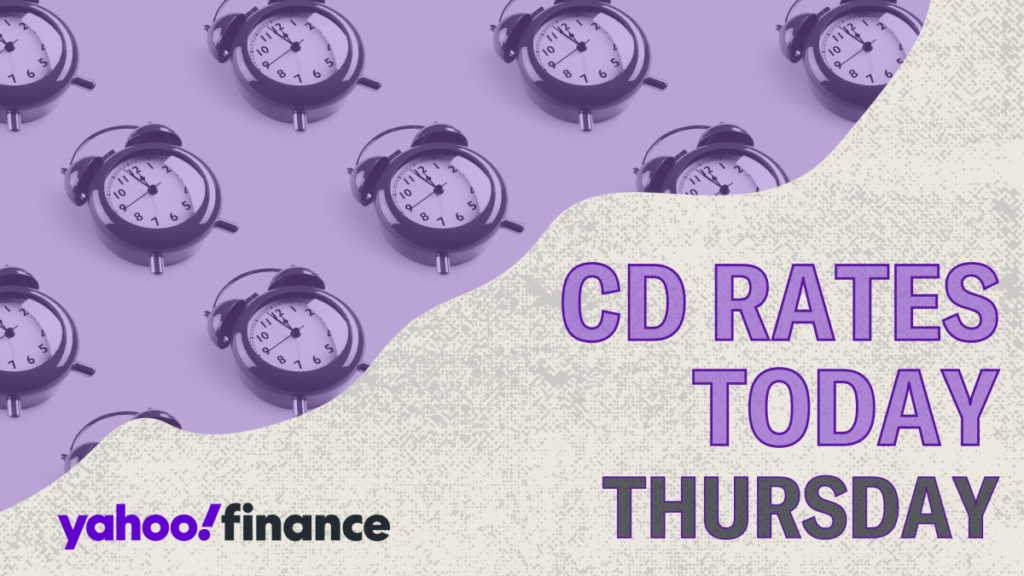A Certificate of Deposit (CD) is an attractive financial product for those seeking a secure option to store savings while earning interest. CD accounts generally offer interest rates above what traditional savings and checking accounts yield, making them an appealing choice for individuals looking to grow their savings. However, it’s crucial to note that CD rates can vary significantly based on several factors including the term length, the financial institution, and current market conditions. Today, many attractive high-yield CDs provide competitive rates, especially for shorter terms, which offer APYs hovering around 4.50% for terms about a year or less. Even in longer-term CDs, such as those with two or three-year terms, rates generally remain competitive, often around 4% APY.
Over recent years, CD rates have shown significant increases, especially since the Federal Reserve began raising its target interest rates in March 2022. This decision was primarily motivated by a desire to combat inflation, which had prompted rates to rise to levels not seen in over 15 years. The highest CD rate currently available comes from Marcus by Goldman Sachs, boasting a 4.10% APY on a one-year CD with a minimum opening deposit of $500. This is indicative of a broader trend where banks are encouraged to offer competitive rates in response to changes in the federal funds rate set by the Fed. However, in recent months, there have been cuts to the federal funds rate as inflation has slowed and the economic outlook has improved, leading to potential decreases in CD rates as financial institutions often adjust their offerings in line with these federal changes.
When considering opening a CD account, individuals should follow several steps to ensure they make an informed decision that aligns with their financial needs. The initial step involves thorough research of the current CD rates available in the market. Since competitive interest rates can vary widely, utilizing online comparison tools can help identify offers that provide the best potential returns. Choosing a CD should not only revolve around the interest rate; customers also need to consider other factors like term length, minimum deposits, and any associated fees. Select a term length that realistically aligns with your financial situation to avoid early withdrawal penalties should funds become needed before maturity.
Getting prepared with necessary documentation is equally important as part of the application process. This typically involves gathering essential information such as a Social Security number, address, and a form of identification, like a driver’s license or passport. Having these documents ready can facilitate a smoother application experience. Following the preparation stage, prospective account holders can complete their applications, which many financial institutions now allow to be done online. This generally requires only a few minutes of your time, with many institutions providing instant approval notifications.
After the application has been submitted and approved, the next step is to fund the CD account. This process usually involves transferring funds from another account or mailing in a check, depending on the institution’s requirements. Once the account has been funded, the individual can start earning interest on their deposited funds, which will remain locked for the duration of the agreed-upon term. It is important to be aware of the terms of the CD, especially conditioning regarding penalties for early withdrawal, to ensure financial flexibility if circumstances change unexpectedly.
In summary, a CD can be an advantageous option for individuals aiming to secure a higher interest rate on their savings in a stable manner. With the variability of rates due to market conditions and federal policies, now may be an optimal time to secure a high-yield CD while rates remain competitive. By understanding the process to open a CD and carefully evaluating individual financial goals, consumers can maximize their savings potential while navigating the intricacies of the financial landscape. It is always advisable to stay informed on the latest offers and adjustments in the economic environment, to ensure the best financial decisions are being made regarding savings and future investments.

